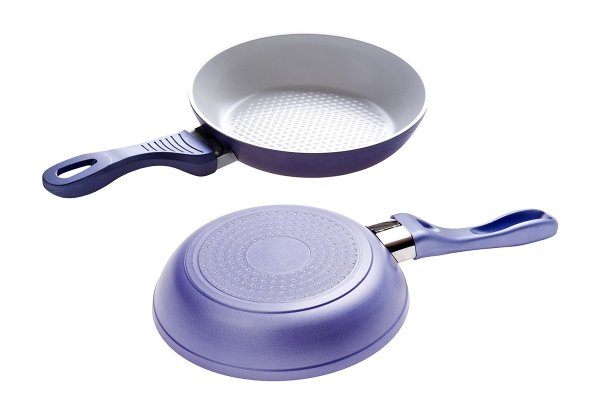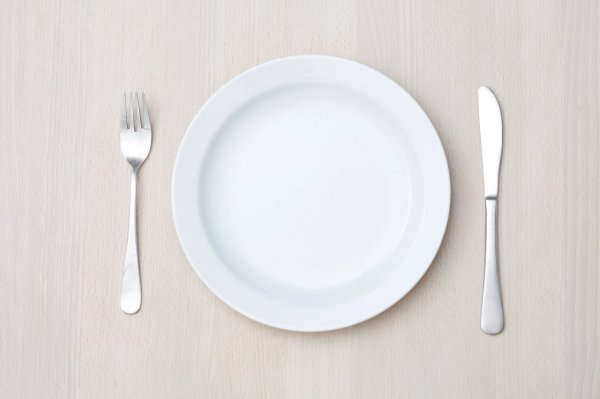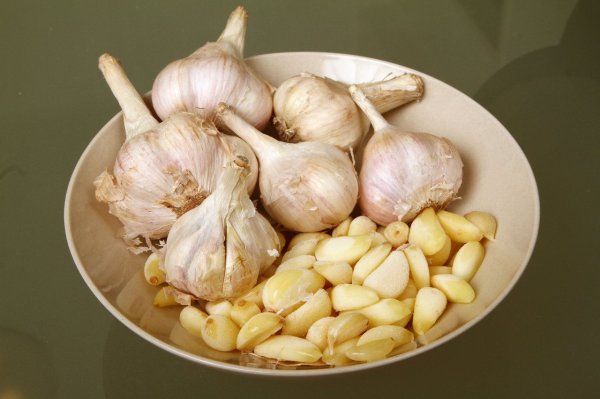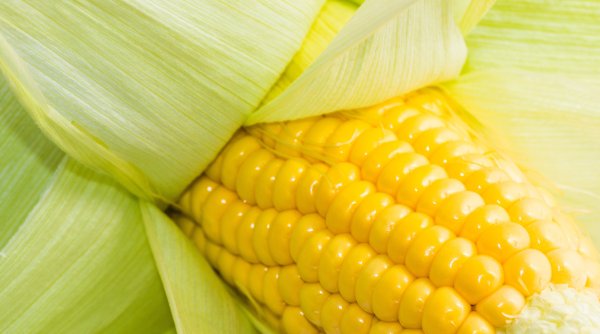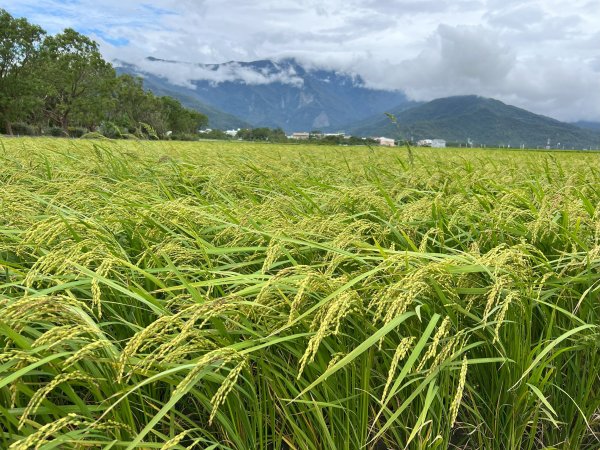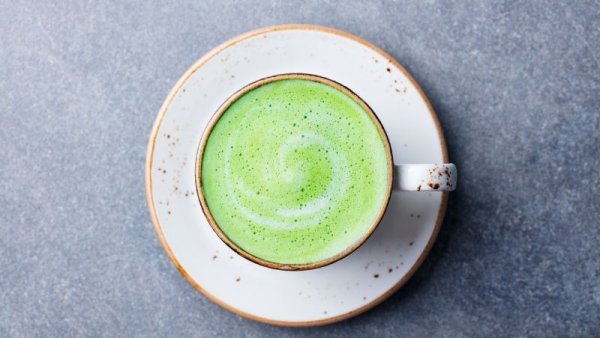Take "leaf acid" to protect your cardiovascular disease. 2 nutrients can help you calculate which fruits and vegetables are the most abundant
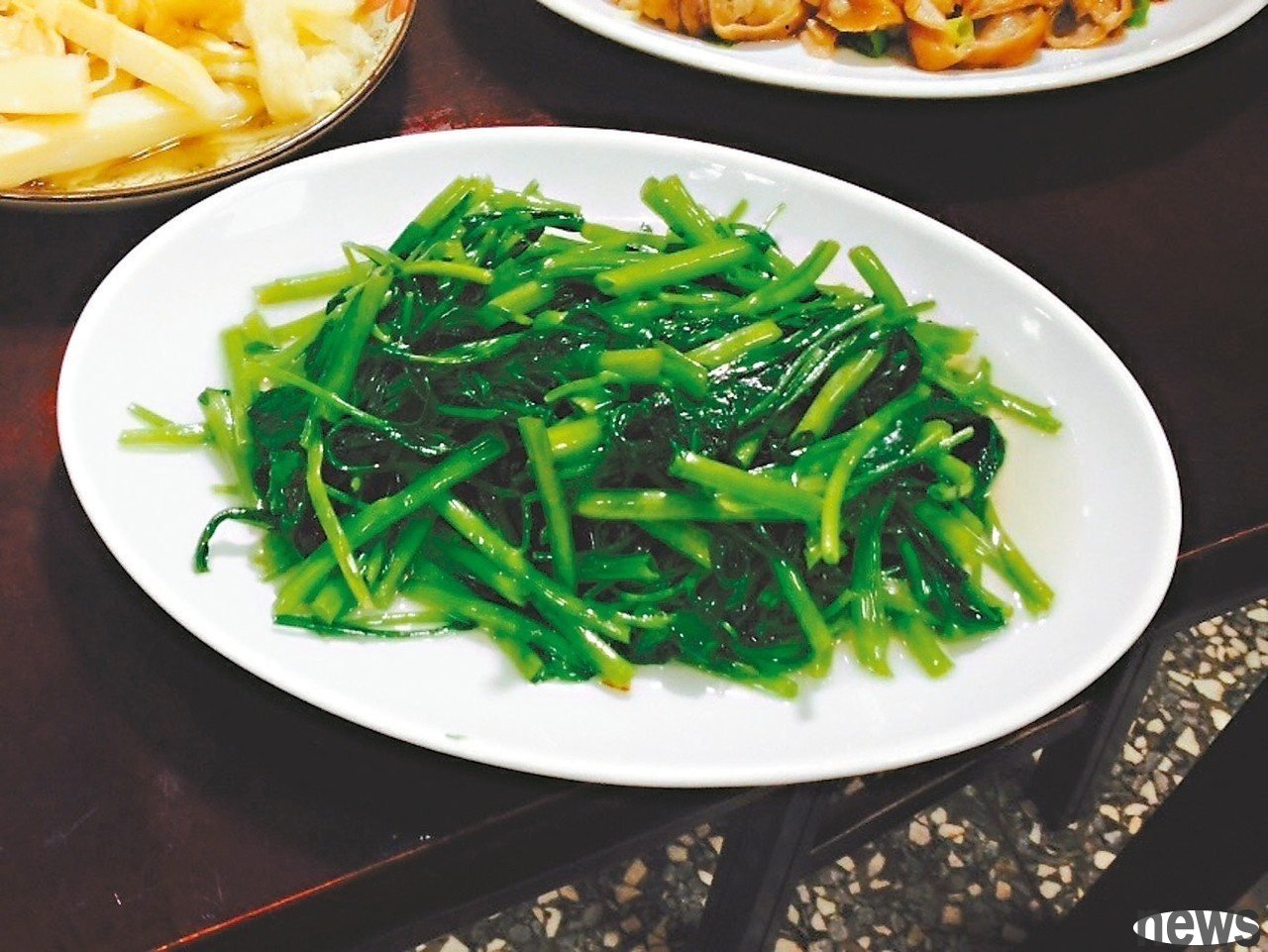
In daily diet, you should pay attention to eating more natural fruits and vegetables. This can not only increase the intake of dietary fiber, but also protect the cardiovascular system. Nutritionists specifically remind that they usually believe that patients with blood and pregnant women need to supplement leaf acid. However, studies have found that strengthening the supplementation of leaf acid in middle-aged and elderly people can also reduce the risk of cardiovascular and brain vascular diseases.
Lack of leaf acid can harm cardiovascular healthLi Fenghui, a nutritionist at the Taipei Municipal United Hospital, said that leaf acid is a water-soluble vitamin and is a very important vitamin for the production of nucleic acid. Its most important physiological function is to help the utilization of protein and amino acids in the body; in the production of red blood cells, it is also in line with vitamin B12.
When leaf acid and vitamin B12 are both auxiliary factors for the homocysteine enhancement process in the body. If the body lacks leaf acid and vitamin B12 for a long time, homocystic acid will stay in the blood for a long time, which will lead to hyperhomocysticemia, causing great damage to the blood vessels, thereby increasing the incidence of cardiovascular diseases, increasing the risk of brain and myocardial infarction; it will also increase the risk of dementia.
Li Fenghui pointed out that homocysteine is a small amount of amino acids present in the blood. It is a body's healing product and an oxidizer. It invades the endothelial cells in the blood. Increased serum concentration leads to hyperhomocysticemia, which can cause vascular endothelial cell damage, stimulate smooth muscle proliferation, promote platelets and other coagulation. Due to the number of adhesions, it eventually leads to narrowing of coronary tubes, thrombosis and closure, thereby causing cardiovascular and vascular diseases.
Therefore, leaf acid is a nutrient that everyone must pay attention to. Li Jianhui reminds that people should pay attention to the amount of leaf acid intake. It is not because they need to worry about insufficient leaf acid, which affects the utilization of protein, but to strengthen the intake of leaf acid, which can reduce the risk of cardiovascular and brain vascular diseases.
Be good at choosing natural fruits and vegetables to supplement leaf acidThe recommended intake of leaf acid in adults is 400 micrograms (μg) per day, which is rich in leaf acid food sources include green leaf vegetables, fruits, whole grains, beans, legume foods, etc. According to relevant research, the main source of leaves acid for people is vegetables, followed by fruit, and the supplementation of comprehensive vitamin-related nutritional supplements is also a way to increase the amount of leaves acid intake.
In order to provide specific dietary leaf acid intake for the public, Li Jianhui recommends that the public can choose 5 servings of vegetables with different leaf acid content and 2 servings of fruits every day, and choose various types of vegetables, especially vegetables with high leaf acid content.
Each serving of vegetables is edible and weighs 100 grams. After cooking, it is about half a bowl to 8 cents of bowls (about half a bowl of leaves, 6 to 7 cents of bowls of mushrooms, and 8 cents of bowls of cauliflower). The leaves are at least as acid content, and the order is deep green vegetables, green vegetables, melons and mushrooms; fruits are higher in papaya, cantaloupe, and diced. Please see the following classification scale for details.
【Table 1】Analysis of leaf acid content in vegetables
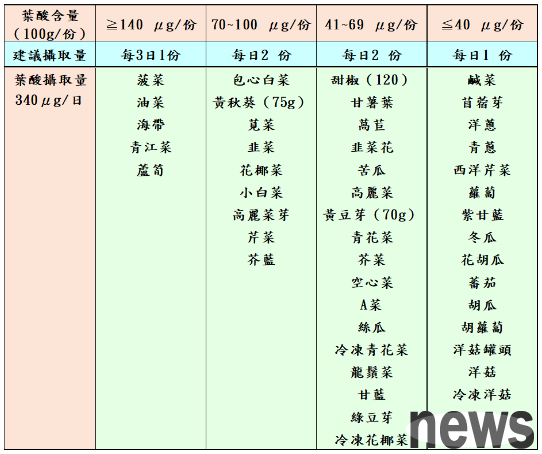
(If not specified, each serving is edible, the weight is 100 grams. Image provided by: Nutrition Department, Taipei Municipal United Hospital)
[Table 2] Analysis of leaf acid content in fruits
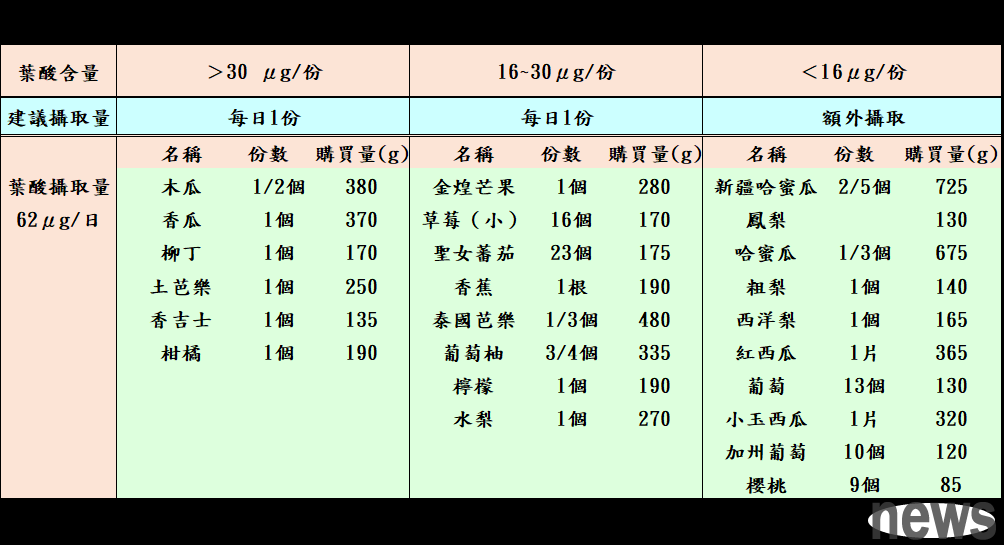
(number of fruit portions and purchase volume, please refer to "Taiwan FAQ Nutrition Pictures". Photo provided by: Nutrition Department, Taipei Municipal United Hospital)
[This article is authorized by the uho Health Network. The original title: How to eat "leaf acid" for cardiovascular protection? Look at the "2 tables" nutritionist to help you calculate]




